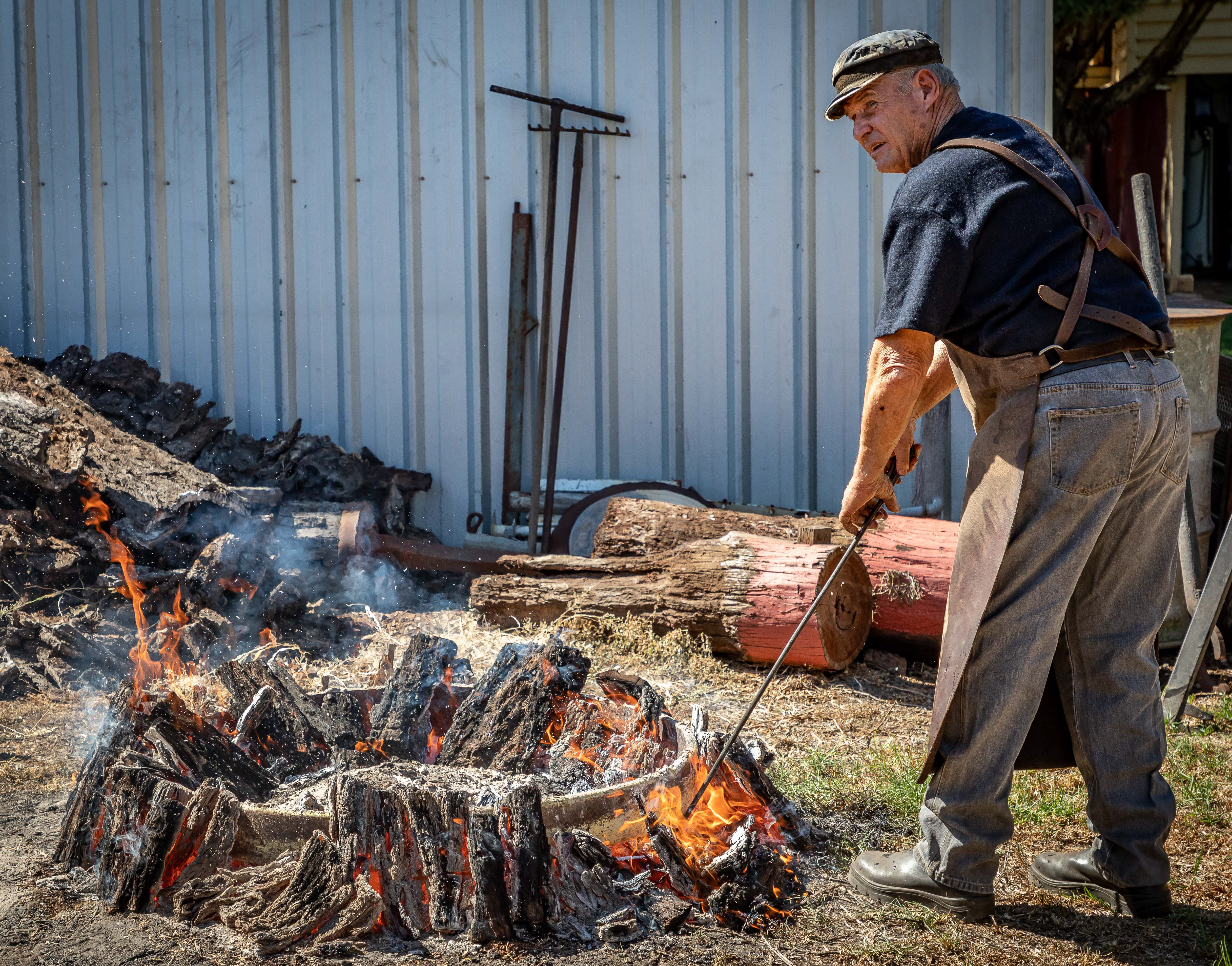Lalibela is an unassuming town as you drive from the airport situated in a valley 500 m below.
The view from our hotel.
Entrance to Biete Ghiorgis (House of St. George).
Entrance to Biete Ghiorgis (House of St. George).
Biete Ghiorgis (House of St. George).
Biete Ghiorgis (House of St. George).
Biete Ghiorgis (House of St. George).
Church security.
Biete Golgotha Mikael (House of Golgotha Mikael) Church.
Biete Golgotha Mikael (House of Golgotha Mikael).
Entrance to Biete selassie Church (I think).
Church entrance.
Church entrance.


Window in Biete Medhani Alem (House of the Saviour of the World) Church.


Church priests.






St Mary's Day celebrations at Bete Maryam (House of Mary) Church.
St Mary's Day celebrations at Bete Maryam (House of Mary) Church.


St Mary's Day celebrations at Bete Maryam (House of Mary) Church.
Young worshippers.
St Mary's Day celebrations above Biet Debre Sina Church.
St Mary's Day celebrations.
St Mary's Day celebrations.
St Mary's Day celebrations.
Worshipper in Biete Medhani Alem (House of the Saviour of the World) Church.
St Mary's Day celebrations at Bete Maryam (House of Mary) Church.
St Mary's Day celebrations at Bete Maryam (House of Mary) Church.
St Mary's Day celebrations at Bete Maryam (House of Mary) Church.
St Mary's Day celebrations.
St Mary's Day celebrations.
St Mary's Day celebrations.
St Mary's Day celebrations at Bete Maryam (House of Mary) Church.
St Mary's Day celebrations at Bete Maryam (House of Mary) Church.
Young worshipper.
Young worshipper.
Lalibela house.
Still time for a game of marbles.
Sunset over Lalibela.









